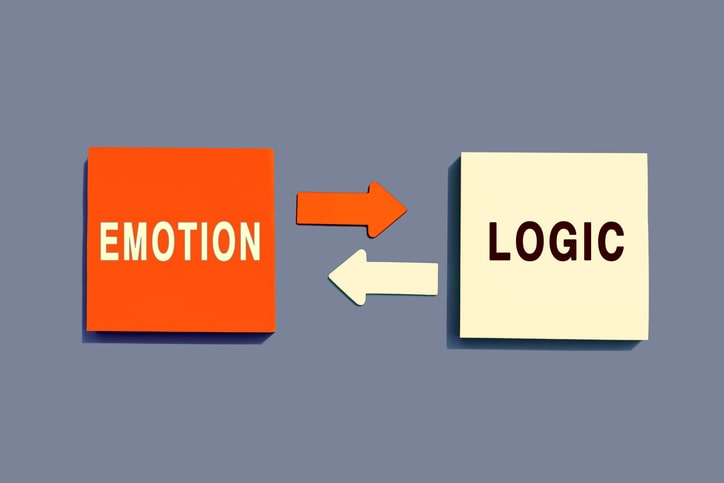One of the most basic human instincts is survival. When we perceive a situation as a threat, our sympathetic nervous system goes into overdrive, activates our automatic reflexes, and our self-preservation instinct kicks in.
Our survival mechanisms take hold when we’re anxious or experiencing some sort of tension or dread. If not handled effectively, our non-thinking or abrupt reactions may end up causing more harm than good.
Taming our primordial instincts.
Self-regulation is about knowing how you feel and managing your behaviors and responses. Understanding and accepting what your body needs and tending to it is equally important. Often there can be a disparity between what you physically need and what you think you need.
When you witness your innate tendencies trying to take over, pause and ask yourself:
- How do I feel?
- What tensions am I experiencing?
- Where is my energy focus?
- What is one action I can take to feel better?
- How can I be more aligned?
To pinpoint your triggers, take a deep breath and process what you uncovered by answering those questions from both mental and physical perspectives. From there, you can reframe your situation and determine how best to proceed. To release stress, go for a walk, stretch, nap, sit silently, journal, or connect with a loved one.
Proceed with compassion—We’re all works in progress.
Learning how we’re emotionally wired and how our inborn preferences show up enables us to be more open, present, and less fixated on the defensive structures of our personalities. Author John Luckovich, in his book “The Instinctual Drives and The Enneagram,” describes the Self-Preservation Instinct as:
“…The most compelling and powerful drive, shared by all forms of life, from which the other drives, functions, and capacities of our organism flower. To be connected with the Self-Preservation Instinct means we directly sense and experience that we’re living and growing, that we’re constantly in development or decline.”
I often create inner conflict and move into decline when my thoughts and emotions are out of alignment. Being an HSP magnifies the intensity, especially when I’m torn between connecting with others and needing time alone. I can easily cause confusion and upset when engaging with others if I’m not upfront and honest about what’s happening inside.
Finding balance within to strengthen your resiliency.
Effective transformation occurs when your head, heart, and body, aka your thinking, feeling, and action centers, are nurtured equally with constructive habits and routines. In their book, “The Wisdom of the Enneagram,” Don Riso and Russ Hudson created a framework, The Enneagram Levels of Development, reflecting human nature’s complexity.
The levels show how healthy traits can deteriorate into average and possibly unhealthy characteristics. The more we move down, the more restrictive and defensive we become, and the more we move up, the more openness and freedom we experience.
Activate your best with those around you.
Self-leadership is about getting to know yourself better and applying that knowledge to how you connect with others. To learn more, schedule a call with me. My approach is personalized and customized, tapping into various assessments as the foundation for advancement.

